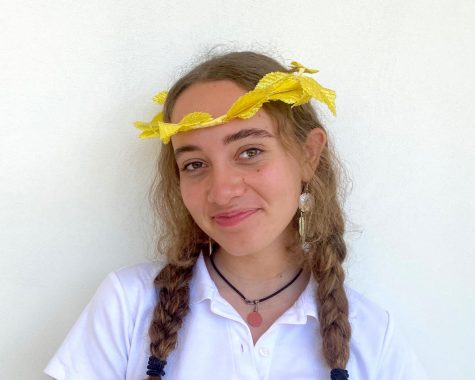Column: A wallet of women
Photo credit: Azel Alkadiri
American trailblazer Maya Angelou, along with four other incredible female figures will be featured on the U.S quarter. This achievement is an outstanding moment in history, not only for women but communities of color as well.
January 22, 2022
American poet, teacher, author and activist Maya Angelou once said, “We delight the beauty of the butterfly, but rarely admit the changes it has gone through to achieve that beauty.”
For years, the change in our pockets has been imprinted with the faces of the country’s Founding Fathers and influential presidents alike. On the penny, there is Abraham Lincoln. On the nickel, Thomas Jefferson. The dime is Franklin D. Roosevelt. The $1 bill has George Washington. The $5 bill is also Abraham Lincoln. The $10 bill is Alexander Hamilton. The $20 is Andrew Jackson. The $50 bill is for Ulysses L. Grant. The $100 bill is Benjamin Franklin.
And now, with the help of the United States Mint, the department of treasury has made the tails side of the quarter Maya Angelou.
It’s 2022, and for the first time in history, an African American woman will be on the quarter.
The quarter’s new design of Angelou is almost as beautiful as her legacy. Her arms are lifted in front of a bird’s silhouette. She spreads her inspiring wings under the sun, this being an homage to Angelou’s autobiography about her childhood in the Jim Crow South entitled “I Know Why the Caged Bird Sings.”
Angelou dedicated so much of her life to advocating against the racism and inequalities experienced by African Americans. The United States Angelou grew up in was an extremely racist and oppressive society.
The idea that, now, young girls of color will be able to see themselves represented in currency is an important step for a country that continues to heal from racial traumas.
Despite being from a completely different generation, Angelou’s story had a profound effect on me as a child. I have a vivid memory of being about 9 or 10 while my mother was watching a documentary about Angelou’s incredible life. I came into my living room and sat next to her, drawn to what was on the television. I think I remember it so well because watching that documentary on the couch with my mom was when I first learned what the word “rape” meant.
As Angelou discussed her traumatic childhood of being sexually abused, I remember feeling deeply emotional about how she had just been around my age when this had happened to her. For a young girl, that realization really sticks with you.
So now, at 17, I am watching that same woman who symbolized so much strength and courage finally be celebrated for her remarkable character and contribution.
Angelou is one of five nominees honored by the American Women Quarters Program, an organization that honors the contributions of influential American women in history. She will be honored along with Willa Manker, the Cherokee Nation’s first female chief; Anna May Wong, the first Chinese American Hollywood star; Sally Ride, the first female astronaut and Nina Otero-Warren, a leader of the New Mexico Suffragettes.
For years, American society has become accustomed to the same cycle of white men on cash and coins. It is rare that my own generation even ponders who these men truly were. A lot of the time, we don’t see Andrew Jackson, we just see 20 bucks.
And when I do see the faces on my crumpled-up piece of cash, I often see slave-owning, white men in power whose names we honor and call the fathers of this country.
While I acknowledge the many contributions of men like George Washington, Thomas Jefferson and more essential pillars of the United States, I don’t believe that there should be a limit on who can live in our wallets.
To many, it may just seem like a face on a coin.
However, the diverse representation featured on U.S. currency is a remarkable leap in gender equality. The celebration of these heroic and outstanding female figures is symbolic of the increasingly diverse new age.
History is being made.
So, as you are buying your next overpriced coffee, take a closer look at who you are holding in your hand and everything that butterfly had to do to spread its wings.









